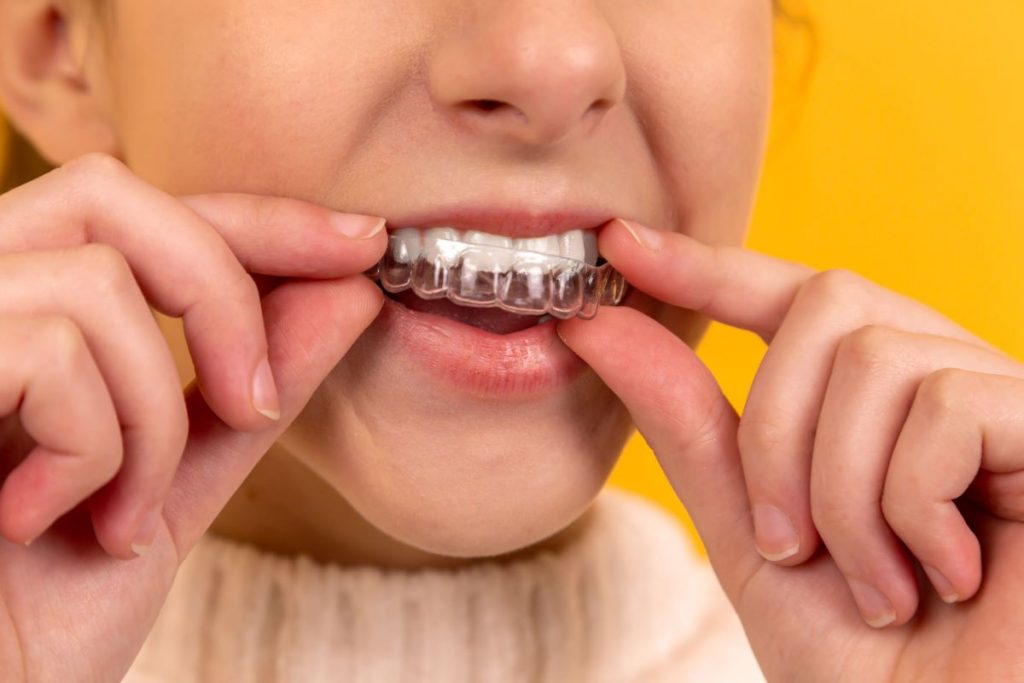Want to use an invisible aligner but aren’t sure if it will work? Or have you heard that the treatment range with such aligners is limited?
Before you start any type of treatment, it is important to know as much as you can about it, how it will affect you and whether you are suited to it.
So, for queries surrounding treatment with Invisalign in St Johns Wood read on!
How do I know if I’m suitable for invisible aligners?
Most people are suitable to use invisible aligners but your dentist will be able to better advise you on your suitability.
To benefit the most from these aligners, you will need to have good oral and overall health in general; issues such as decay, gum disease or other dental problems will need to be corrected before you proceed with treatment. Also, if you have a misalignment that is considered minor to moderate, then it is likely you will benefit from these aligners.
Can invisible aligners help with bruxism?
This depends on the causes of bruxism; in most cases, nocturnal bruxism is due to misalignment of the molar and unfortunately, invisible aligners cannot help with these problems.
If you have bruxism, your dentist may suggest an invisible aligner as a later stage treatment, to correct any minor misalignments, following corrections that are made with a regular orthodontic brace.
Can they help with overbites?
Yes, they can!
But like all the other issues that can be corrected with an invisible aligner, it will depend on the severity of the overbite; in some instances, even a lingual brace is not enough to correct overbites and you may need to wear a regular metal brace.
Once again, the use of an invisible aligner in relation to correcting overbites should be left to the discretion of your dentist and orthodontist but hopefully, you will be able to use an invisible appliance!

I have an underbite; can invisible aligners correct this?
Much like the issues surrounding overbites, underbites may or may not be treatable with an invisible aligner.
Unlike overbites, underbites can be a bit more extreme, due to genetic issues that surround the length of the lower jaw, so if you have an extreme overbite, your dentist may suggest a surgical intervention to move the jaw back; this will correct the protrusion and will alleviate issues like bruxism. In more minor cases of an underbite, you should be able to have it resolved using an invisible aligner.
Are online aligners just as good as well-known brands?
In a word, no.
When you go to your dentist for treatment with an invisible aligner, they will take a 3D scan of your mouth and then, a set of aligners will be created to match your specifications.
With online aligners, this does not occur and you are responsible for taking moulds of your teeth and for overseeing almost all of your care. For any degree of realignment to be successful, you need the insight of a trained professional.

